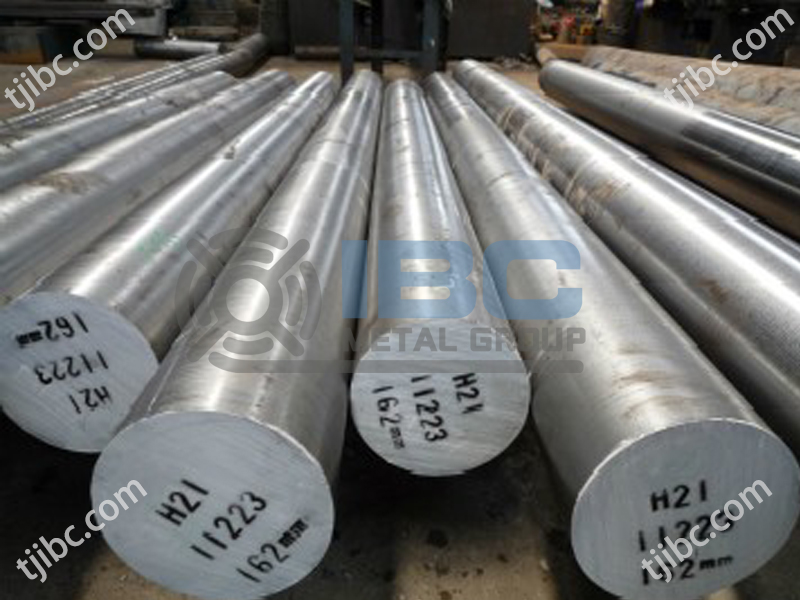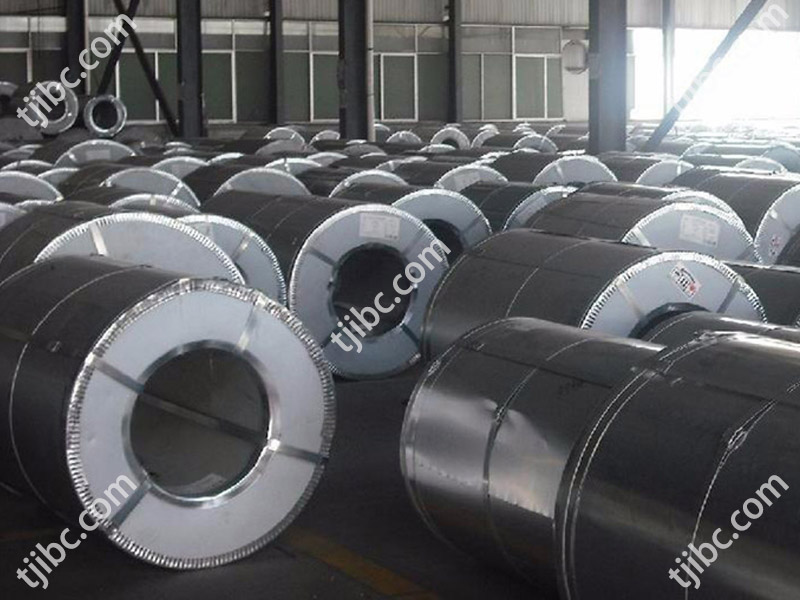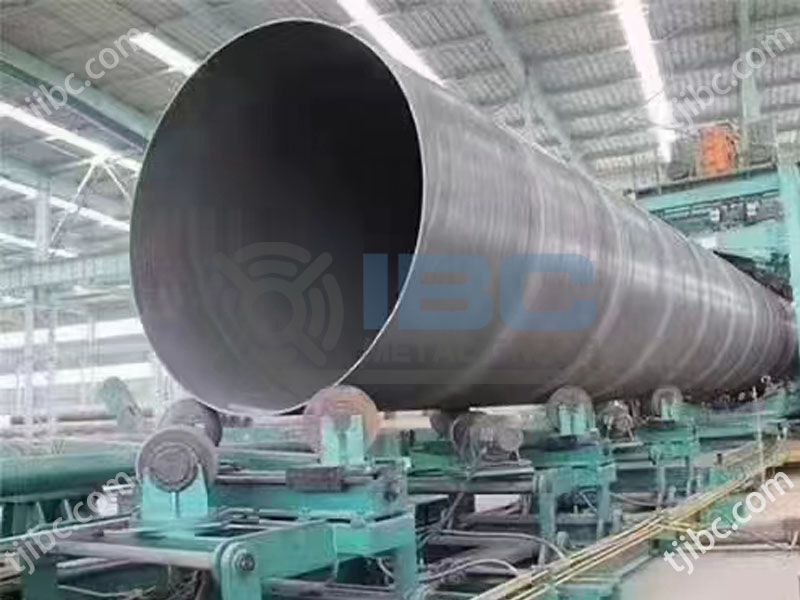Importance to Precautions for Using Galvanized Steel Pipe
It is very important to know the precautions for using galvanized steel pipe. Galvanized Steel Pipe is an invaluable asset to the industrial transportation and construction sectors, not to mention its use in agricultural greenhouse construction due to the durability it offers. As well as its anti-corrosive nature, galvanized pipe can provide a service life of up to 15-30 years because of its galvanized outer layer. Although using galvanized steel pipe is advantageous, there are several points to keep in mind when doing so.
Process of Galvanized Steel Pipe Mainly Divided Into Three Parts
- First part is to treat the galvanized steel pipe and apply for decontamination work with acid to achieve a clean and bright surface result.
- The second part is to clean it with chemical solvents, and then put it into the hot dip galvanized tank for galvanized work, which is also a very important step.
- Then the third part is to coil the galvanized steel pipe and put it into storage, and when there is a need or when a merchant buys it, it processed.
Galvanized steel pipe should not used for supplying food due to its potential for adverse health effects. However, it employed in various ways such as firefighting, bathing, and watering plants. During electroplating production, numerous harsh acids, alkalis, salts, and solvents usually used which may result in the emission of hazardous gases if safety measures not taken properly. Moreover this could lead to poisoning or burning followed by combustion and explosion accidents.
Precautions for Heat Treatment of Galvanized Pipe
Prior to heat treatment, galvanized pipes and fixtures should be free of foreign objects such as oil, residual salt, and paint. For the first time, the fixture used for the galvanized pipe in the vacuum furnace should degass. And purified at a vacuum not less than the desired vacuum degree.
Workpieces that are easily deformed during heat treatment of galvanized pipes should be heated on special fixtures. The preheating methods are as follows. Primary preheating is 800°C. Secondary preheating is 500-550°C. And 850°C, and the primary preheating rate should be as low as possible.
For workpieces with complex shapes, sharp cross-sectional changes, and large effective thicknesses, galvanized pipes should preheate.
It generally not recommended to heat in a salt bath furnace workpieces, castings. Or welded parts with grooves but not through holes in galvanized pipes, as well as processed stainless steel workpieces.
The galvanizing pipe should select based on the effective thickness of the workpiece. And the thickness of the condition (actual thickness is multiplied by the shape factor of the workpiece), and the galvanized pipe should be heated for a sufficient amount of time to preserve heat.
It is possible to clean, cryogenically treat. Or temper galvanized martensitic stainless steel and heat-resistant steel galvanized pipes after they have been quenched and cooled to room temperature. Welding and subsequent heat treatment should not separated by more than four hours. Cleaning methods for galvanized tubes include alkaline washing, water-soluble cleaning agents, chlorine solvent sandblasting, shot blasting, and others.
After rectifying the galvanized pipe, stress relief annealing should performed at a temperature lower than the original tempering temperature. After correction, a workpiece with a complex shape or a tight size requirement should be rectified with a shaping fixture coupled with tempering during tempering.
Generally, repeated heat treatment can carry out when the mechanical properties of galvanized pipes are unqualified. However, the number of repeated quenchings or solid solutions should not exceed twice. Supplementary tempering of galvanized pipes does not count as repeated treatment. Prior to repeated quenching of martensitic stainless steel and heat-resistant steel workpieces in the quenched state or after low temperature tempering. They preheated, annealed or tempered at high temperatures.
Conclusion
Galvanized pipes have been used for gas and heating, as well as water pipes. But their use can lead to rust in the pipe which has a negative effect on both sanitary ware. And human health due to the high metal content. In light of this, developed countries started to develop new types of pipes back in the 1960s and 1970s. The Ministry of Construction and other four ministries even issued a document that bans galvanized pipes from 2000 onwards. Nowadays, they rarely used for cold water pipes in residential areas while some districts still use them for hot water pipes. Thus posing risks to safety and physical health!

Contact with IBC Metal Group Today!



